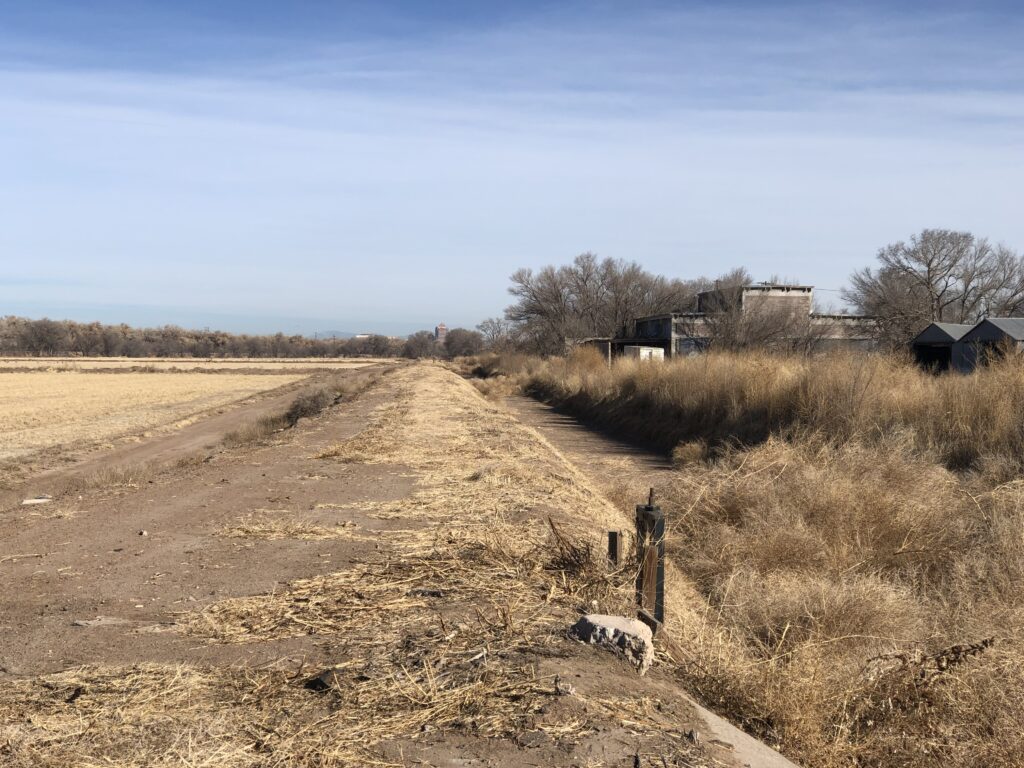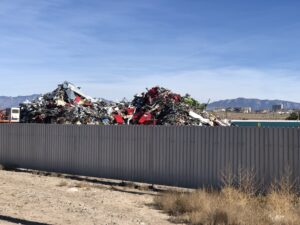
The old Schartzman packing plant
Unincorporated margins, interior islands void of activity, oversights, these areas are simply un-inhabited, un-safe, un-productive. In short, they are foreign to the urban system, mentally exterior in the physical interior of the city, its negative image, as much a critique as a possible alternative.
-Ignasi de Solà-Morales Rubió, “Terrain Vague”
In his essay “Terrain Vague,” the architectural and social critic Ignasi de Solà-Morales Rubió points us to the liminal spaces in our cities, between the places where we busily do city things. They are the leftover bits, the abandoned bits, places of both promise and decay.
He’s drawing from the French and playing with textures of meaning in the word “vague”- from the German “woge” – movement, oscillation, instability, and fluctuation; and “vacant,” from the Latin “vacuus,” meaning empty, unoccupied, free, available; and then “vague,” from the Latin vagus, meaning indeterminate, imprecise, blurred, uncertain.

junkyards, to recycle the results
Sunday’s ride on the new bike took us down the Barr canal through Albuquerque’s south valley, east of the river. It once was the meat packing district, when a city needed a meat packing district. The evolution of the modern city has replaced stockyards with petroleum tank farms to fuel a modern city, and junkyards to recycle the results.
But there remain these fragments. The brick building in the picture is the old meat packing plant, storied home of a World War II German prisoner of war camp. (They seem to have been well treated, a historian describes “big jars of mustard” for their sandwiches, no one tried to escape.) The farmland to the left in the picture is still planted in alfalfa, kept in production thanks to our agricultural tax break. Weirdly, taxes would go up if it was just left vacant.
The new bike is well suited for exploring Albuquerque’s terrain vague, its primary purpose.

I vividly remember when our elementary school class took a field trip to the Schwartzman’s packing plant! The smell and visuals! I’m surprised I ever ate meat after that, but I suppose I would have starved given the fact that meat was a staple back then. Glad I have many other choices now. Thanks for reviving this memory…I think.
The agricultural tax break remains fascinating.
Lisa – Thanks, you’ve offered me a weird bridge to the real thing behind my historical abstraction.
Annalise – I think about the agricultural tax break *all the time* as I wander the valley floor, the way it shapes the landscape.